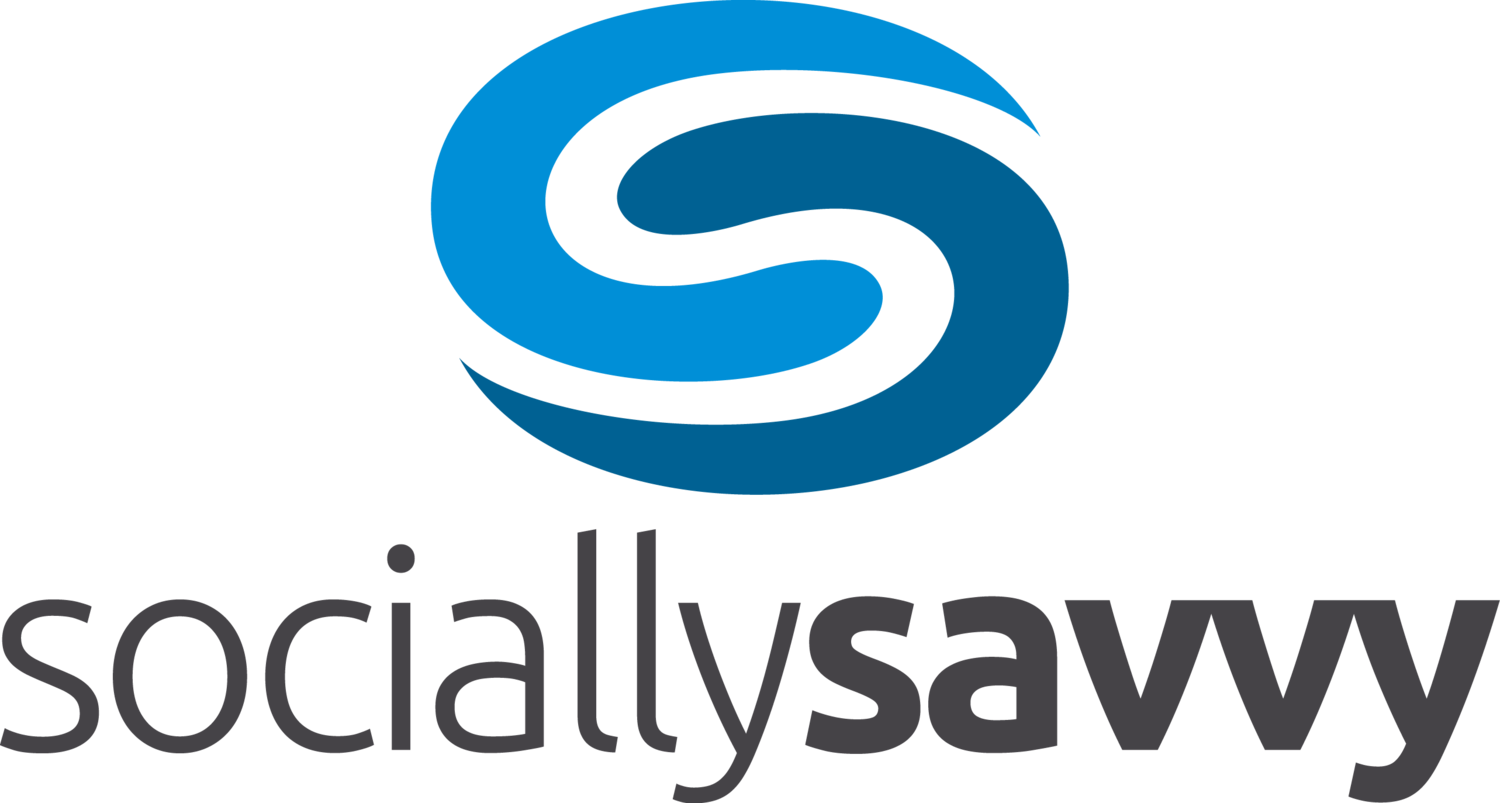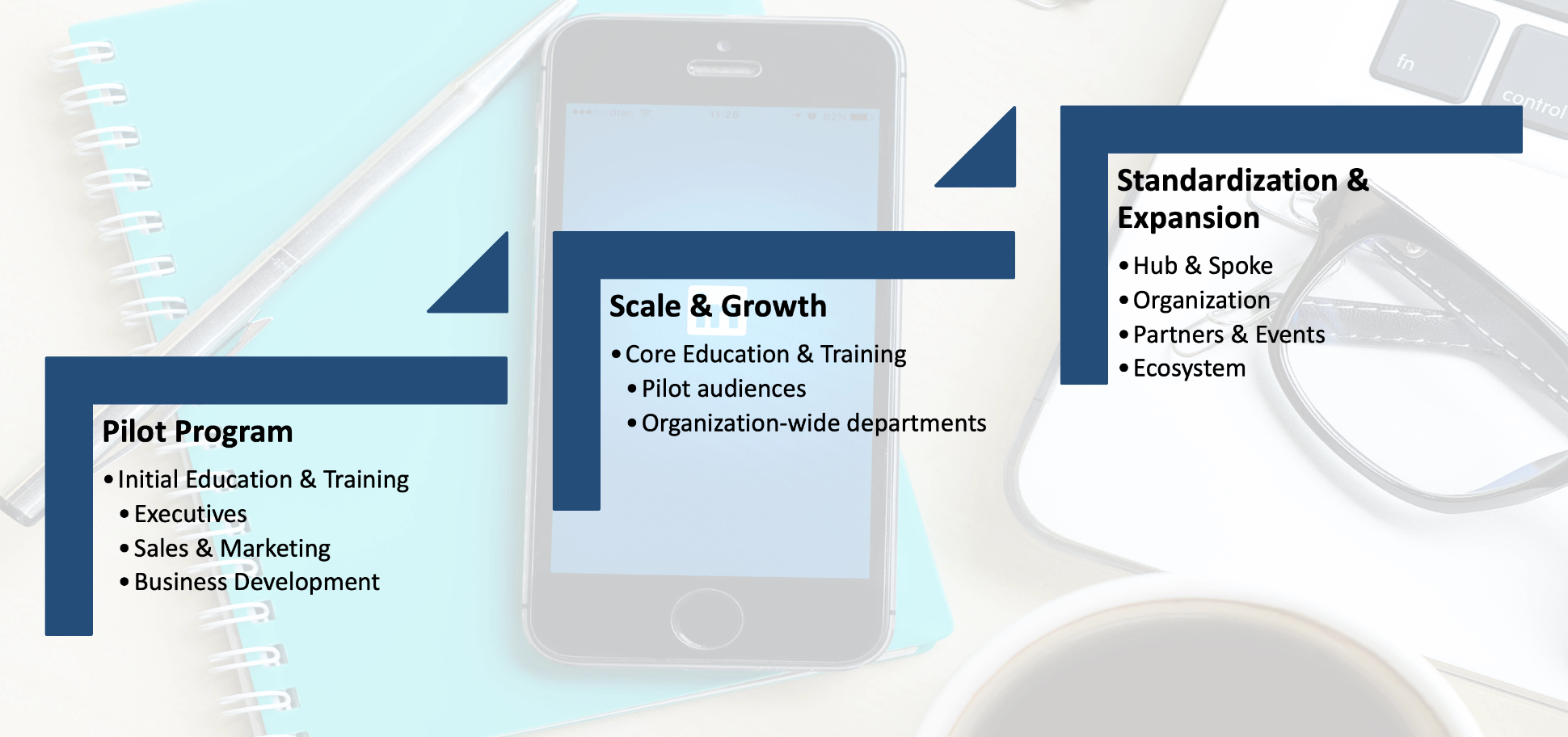As the landscape of corporate communications continues to evolve, organizations are focused on social business engagement programs that are actionable, measurable, repeatable and reportable. And leading firms are using pilot programs to work out the kinks before deploying to the broader organization.
Ownership of the Social Business Program
Democratized ownership of the social business program happens over time, but an executive owner who is empowered and engaged must be anointed. Ownership is trending toward a marketing or communications executive carrying the social business baton, but there are varied owners of the program depending on the size of the firm. In smaller organizations, the employee who is most skilled, passionate and advocating for the social business evolution often builds momentum from the ground up.
As social programs evolve and mature, strong centralized leadership coupled with cross-team and company connections will enable effective communication, collaboration and sharing. The hub and spoke model becomes common at this point in the program.
Pilot Program Size
Getting the social engagement program started with a cross departmental group of stakeholders enables leadership by example. Activating, evolving and amplifying the executive and advocate team's social profiles sets the right example for others to follow at the on-ramp to the social business journey.
For executives, this also helps to alleviate the trepidation that is felt in learning a new skill set. Developing a program that breaks down barriers between ego and capability and allows advocates that may be line of business employees to coach and mentor executives sets the right culture and climate for the future roll out to the organization as a whole. An acknowledgement that everyone is learning and that acumen exists bottom up as well as top down is required.
In large enterprises, we are seeing variation in the size of the typical pilot program. When focused on a company-wide executive and advocate target group, pilot programs typically involve 50-150 personnel. In small and medium sized firms, it is common for the sales or HR team to be the focus of beta efforts in social employee engagement. This makes sense as there are quick wins to be gained in influencing top line revenue and organically attracting and sourcing new employee talent.
HR and Sales "Quick Wins" and Advocacy
For sales and HR teams, social skills are not just a nice to have, but have become a must have to remain current and competitive. Successfully led pilot programs focused on HR and sales departments evidence the value of social to the enterprise as a whole.
In most organizations, HR and sales personnel are the most vocal about things that work - and things that do not work - and can be the catalyst to galvanize the team forward. Creating a positive esprit de corps can be accomplished by having these teams at the forefront of social engagement trumpeting its virtues and benefits and being candid about challenges encountered along the way.
Regulatory and Compliance Considerations
In highly regulated industries such as financial services and healthcare, a pilot program also facilitates communication and collaboration between the social business leader and regulatory and compliance teams. Media training is not sufficient knowledge and training when considering the implications of social communications in firms that are conservative by nature when it comes to disclosures and scrutiny in communications. Fears can be addressed and confidence fostered by piloting the program and working through potential scenarios and response procedures should an incident occur.
Take Aways
Use pilot programs to start the social journey and work out the kinks before deploying to the broader organization.
Appoint and empower a social business leader.
Leverage HR and sales as advocates and create internal testimonials.
Get started - social business is rapidly becoming integral to the way you communicate and interact with your internal and external customers.



